What is Dash ?

Dash (short for “Digital Cash”) is an open-source cryptocurrency and blockchain designed to provide fast, low-cost, and decentralized global payments. Launched in January 2014 as a fork of Litecoin, Dash has evolved to offer several unique features, including a two-tier network with incentivized nodes known as masternodes, as well as functionalities like InstantSend, ChainLocks, and PrivateSend. These features enable Dash to offer enhanced privacy, faster transactions, and a decentralized governance structure.
Dash was initially conceived as XCoin by developers Evan Duffield and Kyle Hagan, but it was rebranded to Darkcoin shortly after launch, and finally to Dash in March 2015.
Who Created Dash?
Dash was created by Evan Duffield and Kyle Hagan. Duffield, who had a background in finance and public relations, started the Dash project with the goal of adding more privacy features to Bitcoin. He wanted to create a digital cash system that was faster and more anonymous than Bitcoin.
- Evan Duffield is credited as the visionary behind Dash, originally calling it XCoin before rebranding to Darkcoin, and later to Dash. He served as the CEO of the Dash Core Group until December 2017, when he stepped down to focus on other strategic initiatives.
- Kyle Hagan co-authored the original Darkcoin whitepaper with Duffield. He left the project in December 2014, but his contributions helped shape the early development of Dash.
How Does Dash Work?
Dash operates with a two-tier network consisting of miners (proof-of-work) and masternodes (proof-of-stake). This dual-layer system enables Dash to offer a range of unique features, including instant transactions, enhanced privacy, and decentralized governance.
1. First Layer – Miners and Proof-of-Work
The first layer of Dash is similar to other proof-of-work (PoW) cryptocurrencies like Bitcoin and Litecoin. Miners are responsible for:
- Creating new blocks and adding them to the blockchain.
- Securing the blockchain by validating transactions and preventing double-spending.
However, Dash differs from Bitcoin in a few important ways:
- Faster block times: Dash has an average block time of 2.5 minutes, compared to Bitcoin’s 10 minutes. This makes Dash transactions faster.
- Block reward distribution: In Dash, only 45% of the block reward goes to miners (compared to 100% in Bitcoin), with the remaining rewards allocated to masternodes and the Dash treasury.
2. Second Layer – Masternodes
The second layer of Dash is powered by masternodes, which are incentivized nodes that provide advanced functionalities beyond what the miners offer.
- Masternode Requirements: In order to operate a masternode, a participant must hold a minimum of 1,000 DASH. This creates an incentive for masternode operators to secure the network and act honestly, as they have a substantial stake in the system.
Key Functions of Masternodes:
- InstantSend: Masternodes enable InstantSend, which allows for nearly instant transaction confirmations, making Dash more practical for everyday use as a medium of exchange.
- PrivateSend: Masternodes also facilitate PrivateSend, an optional privacy feature that obfuscates transaction details, enhancing the anonymity of Dash transactions.
- Rejecting Invalid Blocks: Masternodes have the ability to reject improperly formed blocks from miners, maintaining the integrity of the network.
- Full Blockchain Copy: Each masternode stores a full copy of the Dash blockchain ledger, making them key to ensuring decentralization and redundancy.
- Voting & Governance: Masternodes participate in the governance of the Dash network, voting on important proposals for network upgrades, changes, or other improvements.
3. Governance and Voting
Dash employs a decentralized autonomous organization (DAO) model for governance. This is facilitated by masternodes and the Dash Treasury.
- Proposals: Anyone can submit a proposal for new features, upgrades, or changes to the Dash network. These proposals can involve technical upgrades, marketing efforts, or even community development projects.
- Voting Process: Once a proposal is submitted, masternodes vote on whether it should be implemented. If a proposal gets more than 10% of the total masternode votes in favor, it is approved.
- Treasury Funding: The Dash Treasury is funded by a portion of the block reward (the final 10%). This fund is used to finance proposals approved by the masternodes, ensuring that the Dash network remains self-sustaining and continuously evolving.
Key Features of Dash
Dash offers several features that distinguish it from other cryptocurrencies:
1. InstantSend
- InstantSend allows Dash transactions to be confirmed in seconds (rather than minutes or hours, as with traditional cryptocurrencies like Bitcoin). This makes Dash a more practical option for everyday transactions, such as payments at stores or online.
- Instant confirmations are particularly useful for businesses, as they reduce the risk of fraud and make the payment process much faster.
2. PrivateSend
- PrivateSend is an optional feature that enhances privacy by mixing transactions, making it difficult for third parties to trace the flow of funds. It uses the CoinJoin mixing technique, which combines multiple users’ transactions into one, obscuring the transaction trail.
- While not mandatory, this feature makes Dash attractive to users who prioritize financial privacy.
3. ChainLocks
- ChainLocks provide instant finality and ensure that Dash transactions are immutable as soon as they are added to the blockchain.
- This feature prevents 51% attacks (a common vulnerability in blockchain networks), providing Dash with additional security.
4. Fast and Low-Cost Transactions
- Dash’s average block time of 2.5 minutes and low transaction fees make it well-suited for real-world payments. Transactions are typically faster and cheaper compared to Bitcoin, making Dash more efficient for small or micro-transactions.
5. Decentralized Governance (DAO)
- Dash operates on a decentralized governance model, where decisions are made through masternode voting. This allows for the continuous improvement of the network without relying on a central authority or organization.
- Proposals to improve Dash (e.g., network upgrades, marketing initiatives, community projects) are voted on and funded through the Dash Treasury.


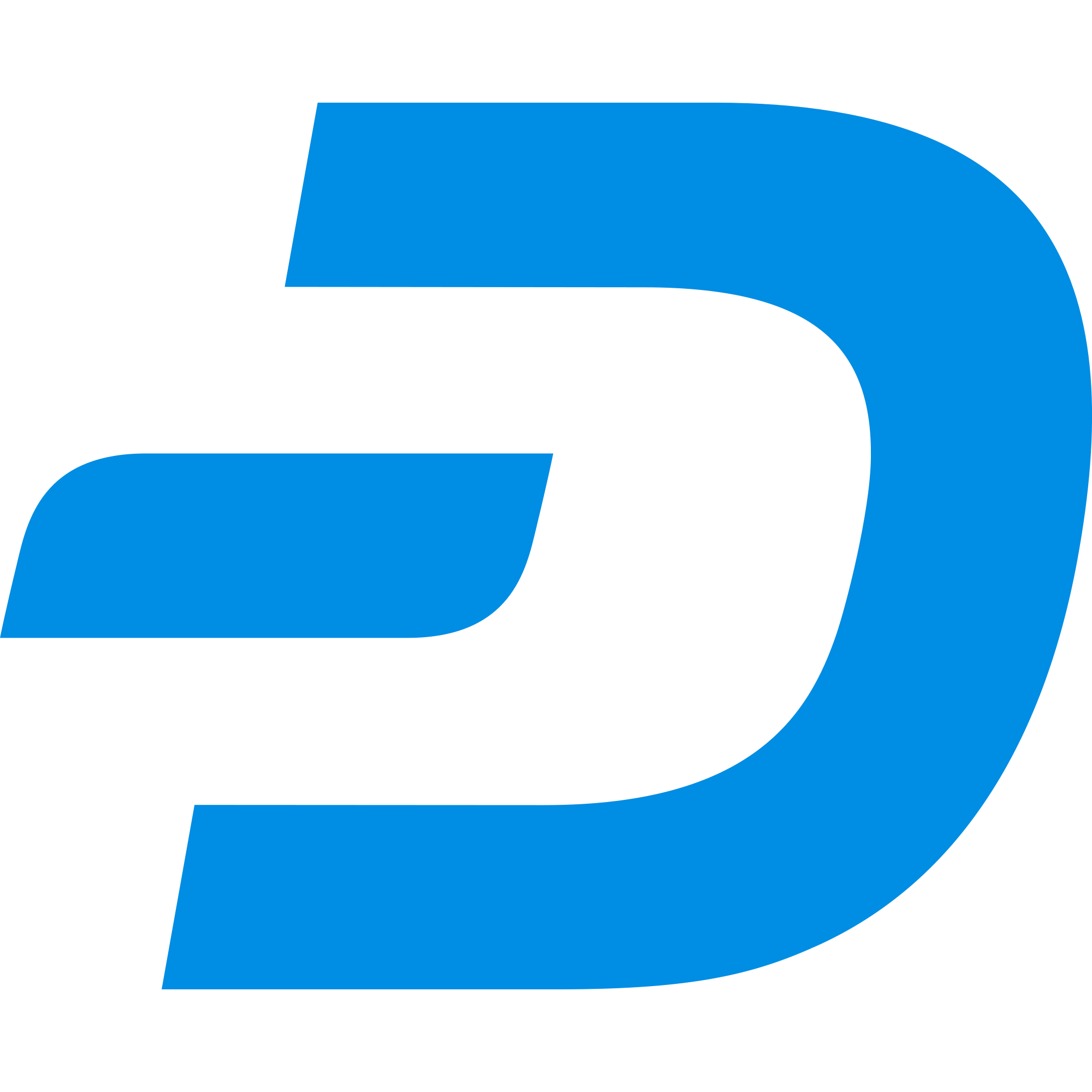

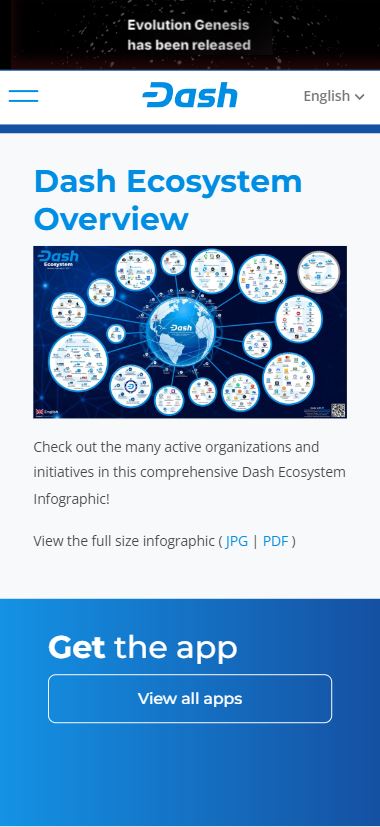
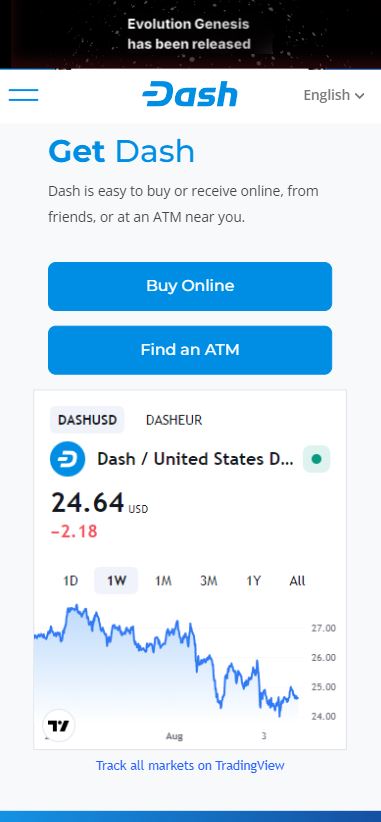
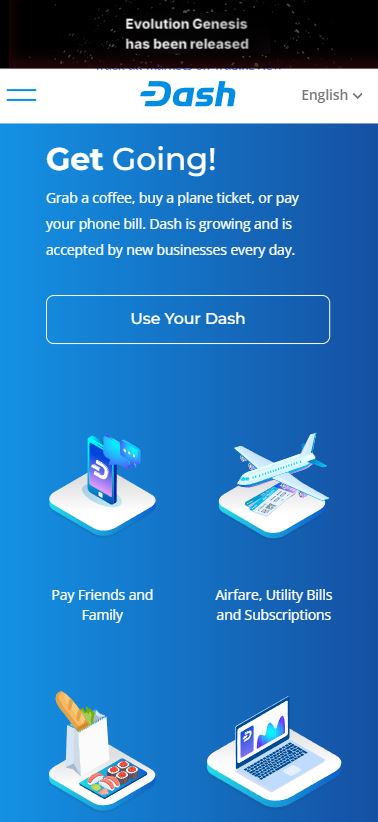

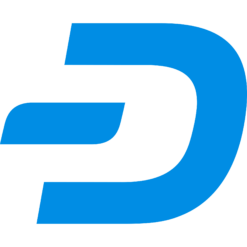











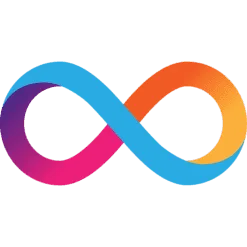



David da Silva –
I’ve always bought dash using my account on uphold. And out of nowhere, they took the option to buy it. If I select buy on uphold, the app redirects me to topper without my consent. I don’t want to go through the bureaucracy again of providing my data to another platform. This is too boring.
Todd Warner –
Been using this wallet for a couple years now. Fairly simple to use, one backup to worry about, and fully enables InstantSend. I run several wallets, but this is my goto / primary Dash mobile wallet. Kudos to the HashEngineering and Dash Core team. UPDATE, Fall 2020: This app rocks. A real demonstration of a well-designed crypto app.
BakuDeku 爆塐 –
Nice app, easy to use, clean and intuitive, but no dark theme, it’s too bright and hurts the eyes, should enable it like virtually every other app out there. Aside from it, maybe more options for those front-end users who like myself, who enjoy techy apps. Maybe inspire on such apps (aesthetics) as Uphold, Wise, TradingView, CoinEx etc., us crypto guys, well, we like this ‘futuristic / elegant / minimalistic / cyberpunk’ kinda vibe in the apps we use, so take that into account as well.
Gertrude Assegai –
Very difficult to navigate. Still have coins I can’t withdraw. Over 2 months now
Gertrude Assegai –
Very difficult to navigate. Still have coins I can’t withdraw. Over 2 months now